Home>Furniture & Design>Outdoor Furniture>How To Fix Outdoor Chairs
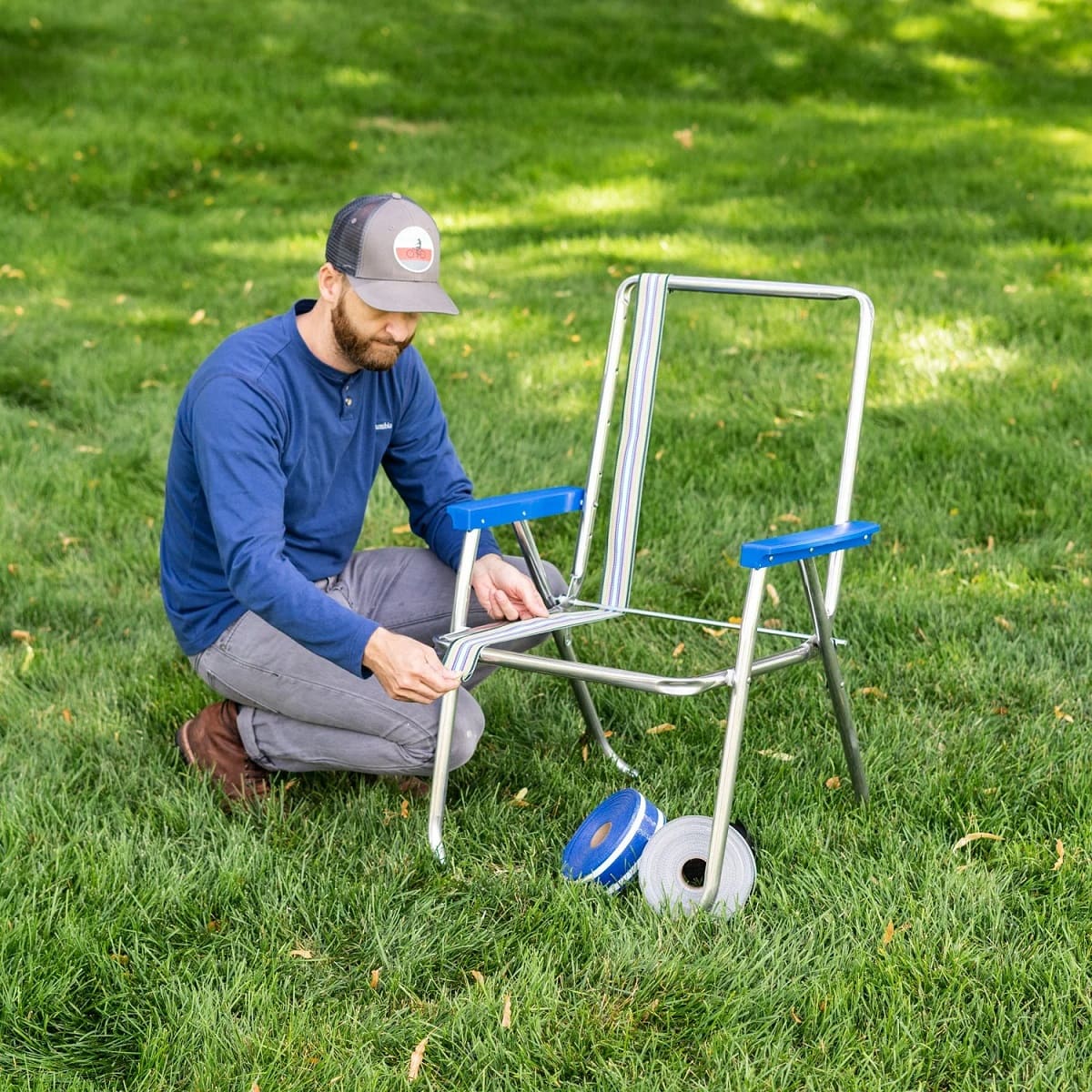

Outdoor Furniture
How To Fix Outdoor Chairs
Published: January 15, 2024
Learn how to fix outdoor chairs and keep your outdoor furniture in top condition with our expert tips and advice. Discover the best solutions for outdoor furniture design and maintenance.
(Many of the links in this article redirect to a specific reviewed product. Your purchase of these products through affiliate links helps to generate commission for Storables.com, at no extra cost. Learn more)
Introduction
Welcome to the world of outdoor furniture repair! Outdoor chairs are essential for creating a comfortable and inviting outdoor space. Whether you have a cozy patio, a sprawling garden, or a spacious deck, outdoor chairs play a pivotal role in enhancing the overall ambiance and comfort of your outdoor living area. However, over time, exposure to the elements can take a toll on these chairs, leading to wear and tear.
The good news is that many issues with outdoor chairs can be fixed with a little know-how and some basic tools. In this comprehensive guide, we will explore the various methods for repairing outdoor chairs, from assessing the damage to executing the necessary repairs. By the end of this article, you will be equipped with the knowledge and skills to breathe new life into your outdoor chairs, ensuring that they remain functional and aesthetically pleasing for years to come.
So, grab your toolkit and let's dive into the world of outdoor chair repair. Whether you're dealing with wobbly legs, broken slats, or weathered finishes, we've got you covered. It's time to roll up your sleeves and revive your outdoor chairs, bringing them back to their former glory. With a little effort and a touch of creativity, you can transform your weather-beaten chairs into stunning outdoor furniture that beckons you to relax and unwind in style. Let's get started on this fulfilling journey of restoration and rejuvenation!
Key Takeaways:
- Embrace the opportunity to repair and restore outdoor chairs with creativity and resourcefulness, infusing your personal touch into the process for a unique and satisfying outcome.
- By proactively maintaining and repairing outdoor chairs, you’re not only extending their lifespan but also contributing to sustainable practices and creating a comfortable outdoor space for relaxation and enjoyment.
Read more: How To Recover Outdoor Chairs
Assessing the Damage
Before embarking on the repair process, it’s crucial to assess the extent of the damage to your outdoor chairs. This initial step will help you identify the specific issues that need attention and determine the most effective course of action. Here are some key areas to focus on when assessing the damage:
- Structural Integrity: Begin by examining the overall structural integrity of the chair. Check for any wobbliness, loose joints, or signs of instability. Sit in the chair and assess its stability to identify any potential structural issues.
- Wood Condition: If your outdoor chair is made of wood, closely inspect the condition of the wood. Look for cracks, splintering, rot, or water damage. Pay attention to any areas where the finish may have worn off, leaving the wood vulnerable to the elements.
- Hardware and Fasteners: Inspect the hardware and fasteners, such as screws, bolts, and nuts. Check for rust, corrosion, or missing fasteners that may compromise the chair’s stability.
- Seating Surface: If the chair has a fabric or mesh seating surface, assess its condition. Look for tears, fraying, or excessive sagging that may require repair or replacement.
- Finish and Aesthetics: Evaluate the overall finish and aesthetics of the chair. Note any peeling paint, discoloration, or weather-related damage to the surface. Consider whether the chair would benefit from refinishing to restore its visual appeal.
By conducting a thorough assessment, you’ll gain a clear understanding of the specific issues affecting your outdoor chairs. This knowledge will guide you in determining the necessary repairs and the materials and tools required to address each issue effectively.
Remember, each chair may have unique areas of concern, so take the time to inspect them carefully. Once you’ve identified the areas that need attention, you’ll be ready to move on to the next steps in the repair process, armed with a targeted approach to revitalizing your outdoor chairs.
Gathering Materials and Tools
Before diving into the repair process, it’s essential to gather the necessary materials and tools to ensure a smooth and efficient restoration of your outdoor chairs. Here’s a comprehensive list of items you may need:
- Wood Glue: High-quality wood glue is essential for repairing loose joints and securing wooden components of the chair.
- Clamps: Clamps are invaluable for holding glued joints together securely while the adhesive sets. They provide the necessary pressure to create strong, lasting bonds.
- Replacement Parts: If your chair has severely damaged or missing components, such as slats or hardware, consider obtaining suitable replacement parts to restore its functionality and aesthetics.
- Sandpaper and Sanding Block: These tools are essential for smoothing rough surfaces, removing old finishes, and preparing the wood for refinishing.
- Finishing Supplies: Depending on the condition of the chair’s finish, you may need paint, wood stain, sealant, or protective coatings to refinish and protect the wood.
- Screwdriver and Hardware: Ensure you have the appropriate screwdriver and replacement hardware, such as screws and bolts, to address any fastener-related issues.
- Fabric or Mesh Replacement: If your chair features a fabric or mesh seating surface that requires replacement, obtain suitable replacement material that is durable and weather-resistant.
- Cleaning Supplies: Prepare a selection of cleaning supplies, including mild soap, water, and a brush, to clean the chair’s surfaces before refinishing.
- Safety Gear: Prioritize safety by wearing protective gear, such as gloves, safety goggles, and a dust mask, especially when sanding or working with adhesives and finishes.
Once you’ve gathered the necessary materials and tools, you’ll be well-prepared to tackle the repair and restoration of your outdoor chairs. Having these items on hand will streamline the process and enable you to address a wide range of issues, from structural repairs to aesthetic enhancements. With your toolkit assembled, you’re ready to breathe new life into your outdoor chairs and transform them into inviting and durable pieces of outdoor furniture.
Repairing Broken or Loose Joints
One of the most common issues with outdoor chairs is the occurrence of broken or loose joints, which can compromise the chair’s stability and structural integrity. Fortunately, repairing these joints is a manageable task that can significantly extend the lifespan of your chairs. Here’s a step-by-step guide to addressing broken or loose joints:
- Disassembly: If possible, disassemble the affected parts of the chair to access the joints that require repair. This may involve removing screws, bolts, or other fasteners that hold the joint together.
- Cleaning and Preparation: Thoroughly clean the joint surfaces to remove any dirt, debris, or old adhesive. This ensures a strong bond when reassembling the joint.
- Application of Wood Glue: Apply a high-quality wood glue to the joint surfaces, ensuring even coverage. Use a glue that is suitable for outdoor applications and provides a strong, weather-resistant bond.
- Clamping and Drying: Align the joint surfaces and use clamps to apply firm pressure, squeezing out any excess glue. Allow the glued joint to dry according to the manufacturer’s instructions, ensuring that the adhesive cures thoroughly.
- Reassembly and Reinforcement: Once the glue has dried, reassemble the joint and reinforce it with screws or fasteners, if applicable. Ensure that the joint is securely fastened and that the chair regains its stability.
- Finishing Touches: If necessary, sand any excess glue and refinish the repaired area to seamlessly blend it with the rest of the chair’s surfaces.
By following these steps, you can effectively address broken or loose joints in your outdoor chairs, restoring their stability and ensuring that they can withstand the rigors of outdoor use. With the proper techniques and materials, you can breathe new life into your chairs, reinforcing their structural integrity and prolonging their functional lifespan.
Remember, a proactive approach to addressing broken or loose joints can prevent further damage and maintain the overall strength and durability of your outdoor chairs. By mastering this essential repair skill, you’ll be well-equipped to keep your outdoor furniture in top condition for years to come.
To fix outdoor chairs, check for loose screws and tighten them. Replace any damaged or worn-out parts, such as slats or armrests. Clean and apply a protective sealant to prevent future damage.
Replacing Damaged Parts
When outdoor chairs experience significant wear and tear, certain components may become irreparably damaged, necessitating the replacement of these parts to restore the chair’s functionality and appearance. Whether it’s a cracked slat, a deteriorated seating surface, or a missing hardware component, replacing damaged parts is a key aspect of chair restoration. Here’s a guide to effectively replacing damaged parts:
- Identification of Damaged Parts: Inspect the chair thoroughly to identify the specific parts that require replacement. This may include wooden slats, hardware components, or the seating surface material.
- Acquisition of Replacement Parts: Once you’ve identified the damaged parts, obtain suitable replacement components that match the chair’s original design and specifications. Ensure that the materials are suitable for outdoor use and can withstand exposure to the elements.
- Removal of Old Parts: Carefully remove the damaged parts from the chair, taking note of the assembly and any hardware that may be involved in securing the components.
- Installation of New Parts: Install the replacement parts according to the chair’s original design. Use appropriate fasteners, such as screws or bolts, to secure the new components in place, ensuring a snug and stable fit.
- Alignment and Adjustment: Check the alignment and fit of the new parts, making any necessary adjustments to ensure that they integrate seamlessly with the rest of the chair’s structure.
- Finishing and Integration: If the replacement parts differ in appearance from the original components, consider refinishing or treating them to achieve a cohesive look that complements the chair’s overall aesthetics.
By following these steps, you can effectively replace damaged parts and rejuvenate your outdoor chairs, prolonging their usability and visual appeal. Whether it’s a single slat or an entire seating surface that requires replacement, addressing damaged parts is a proactive way to ensure that your outdoor chairs remain functional and inviting for years to come.
Remember, investing in high-quality replacement parts and meticulous installation will contribute to the long-term durability and aesthetic continuity of your outdoor chairs, allowing you to enjoy their comfort and charm in your outdoor living space.
Read more: How To Reupholster Outdoor Chairs
Sanding and Refinishing
Over time, outdoor chairs are subjected to the elements, leading to wear and weathering of their surfaces. Sanding and refinishing the wood is a transformative process that can revitalize the appearance of your chairs, providing protection against the elements while enhancing their natural beauty. Here’s a comprehensive guide to sanding and refinishing your outdoor chairs:
- Surface Preparation: Begin by preparing the chair’s surfaces for refinishing. If the chair has an existing finish, use sandpaper to remove the old finish, revealing the bare wood beneath. This step is essential for achieving a smooth and uniform surface for refinishing.
- Sanding Technique: Use a combination of coarse, medium, and fine-grit sandpaper to sand the wood surfaces, progressively smoothing out imperfections and achieving a refined texture. Pay attention to details such as edges, curves, and intricate areas of the chair.
- Cleaning and Dust Removal: After sanding, thoroughly clean the chair to remove dust and debris. A damp cloth can be used to wipe down the surfaces, followed by a dry cloth to ensure that the wood is clean and ready for refinishing.
- Applying Wood Finish: Choose a high-quality wood finish, such as a protective sealant, wood stain, or outdoor paint, based on your aesthetic preferences and the level of protection required. Apply the finish evenly, following the manufacturer’s instructions for the best results.
- Multiple Coats and Drying Time: Depending on the type of finish you’ve chosen, apply multiple coats as recommended, allowing sufficient drying time between each application. This ensures a durable and long-lasting finish that safeguards the wood from outdoor elements.
- Final Touches: Once the finish has dried, inspect the chair for any uneven areas or imperfections. Perform any necessary touch-ups to achieve a flawless and lustrous appearance.
By diligently sanding and refinishing your outdoor chairs, you can breathe new life into weathered and worn surfaces, preserving the integrity of the wood while enhancing its visual appeal. This process not only protects the chairs from the elements but also allows you to customize their appearance to suit your outdoor decor and personal style.
Remember, proper surface preparation, meticulous sanding, and the application of a high-quality finish are essential for achieving professional-looking results. With a commitment to craftsmanship and attention to detail, you can transform your outdoor chairs into stunning focal points of your outdoor living space, where comfort and beauty converge.
Conclusion
Congratulations on embarking on the fulfilling journey of outdoor chair repair and restoration! By delving into the process of assessing, repairing, and refinishing your outdoor chairs, you’ve taken a proactive step toward preserving and enhancing these essential pieces of outdoor furniture. As you conclude this transformative endeavor, consider the following key takeaways:
- Proactive Maintenance: Regularly assess the condition of your outdoor chairs to identify and address any issues before they escalate. A proactive approach to maintenance can prevent extensive damage and prolong the lifespan of your furniture.
- Resourcefulness and Creativity: Embrace the opportunity to repair and restore your outdoor chairs with resourcefulness and creativity. Whether it’s repairing broken joints, replacing damaged parts, or refinishing the wood, each step allows you to infuse your personal touch into the restoration process.
- Long-Term Durability: By employing effective repair techniques and using high-quality materials, you can ensure the long-term durability of your outdoor chairs. Investing time and effort in their maintenance pays dividends in the form of enduring functionality and visual appeal.
- Environmental Impact: Restoring outdoor chairs contributes to sustainable practices by minimizing waste and extending the usefulness of existing furniture. Embracing repair and restoration as a conscious choice promotes environmental responsibility and reduces the demand for new resources.
- Enjoyment and Relaxation: Ultimately, the rejuvenation of your outdoor chairs creates an inviting and comfortable outdoor space where you can relax, entertain, and connect with nature. The effort you’ve invested in their repair and restoration enhances the enjoyment of your outdoor living area.
As you reflect on the journey of repairing your outdoor chairs, take pride in the craftsmanship and care you’ve devoted to these pieces of outdoor furniture. Whether you’ve addressed wobbly joints, weathered surfaces, or damaged components, your commitment to their restoration has breathed new life into your chairs, ensuring that they continue to enrich your outdoor experiences for years to come.
So, as you sit back and admire your revitalized outdoor chairs, take a moment to appreciate the transformative power of repair and restoration. Your dedication to preserving these cherished pieces of outdoor furniture exemplifies the timeless art of craftsmanship and the enduring value of sustainable practices. With your outdoor chairs restored to their former glory, you’re ready to savor the beauty of nature and the comfort of well-maintained outdoor furniture in your outdoor oasis.
Frequently Asked Questions about How To Fix Outdoor Chairs
Was this page helpful?
At Storables.com, we guarantee accurate and reliable information. Our content, validated by Expert Board Contributors, is crafted following stringent Editorial Policies. We're committed to providing you with well-researched, expert-backed insights for all your informational needs.
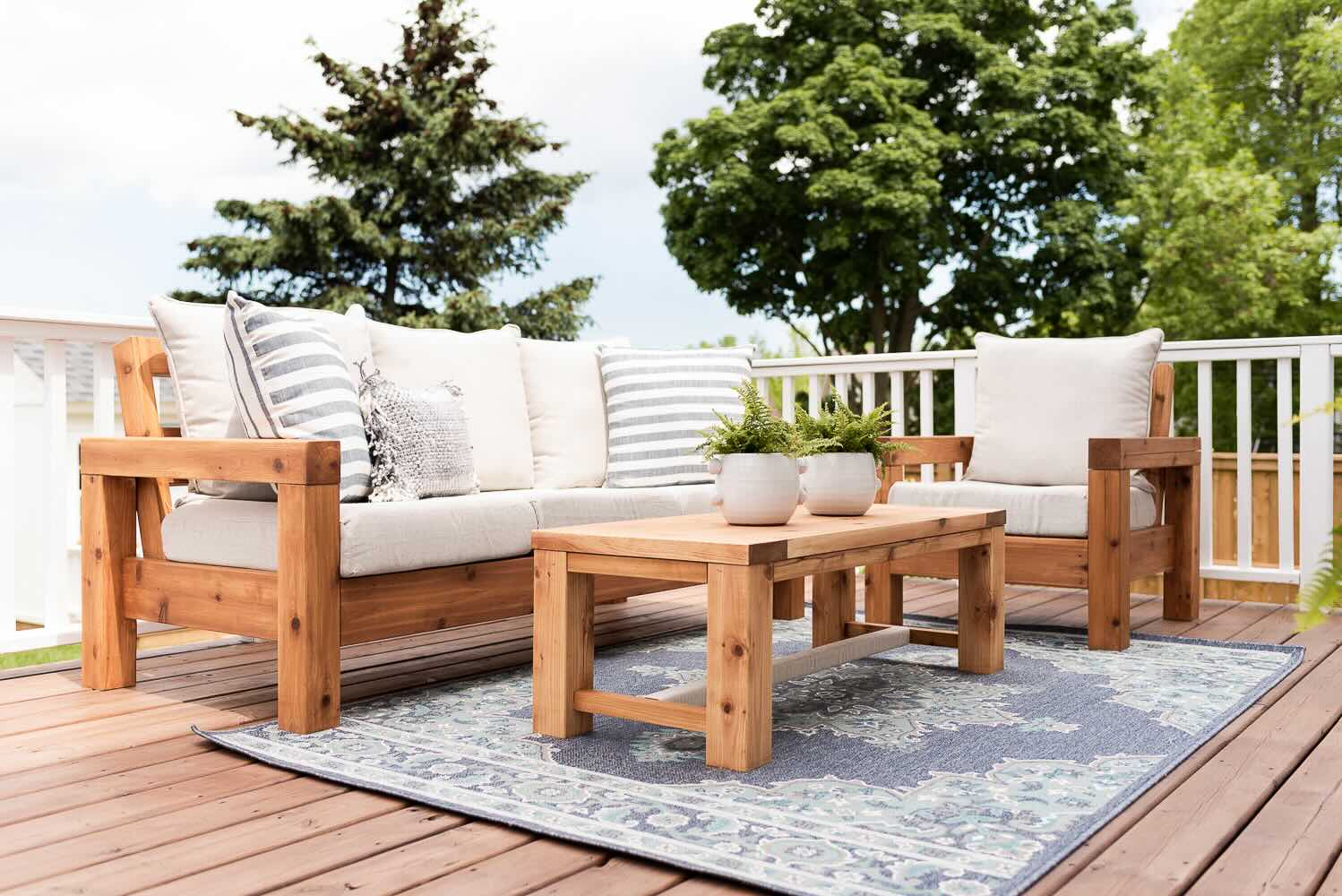
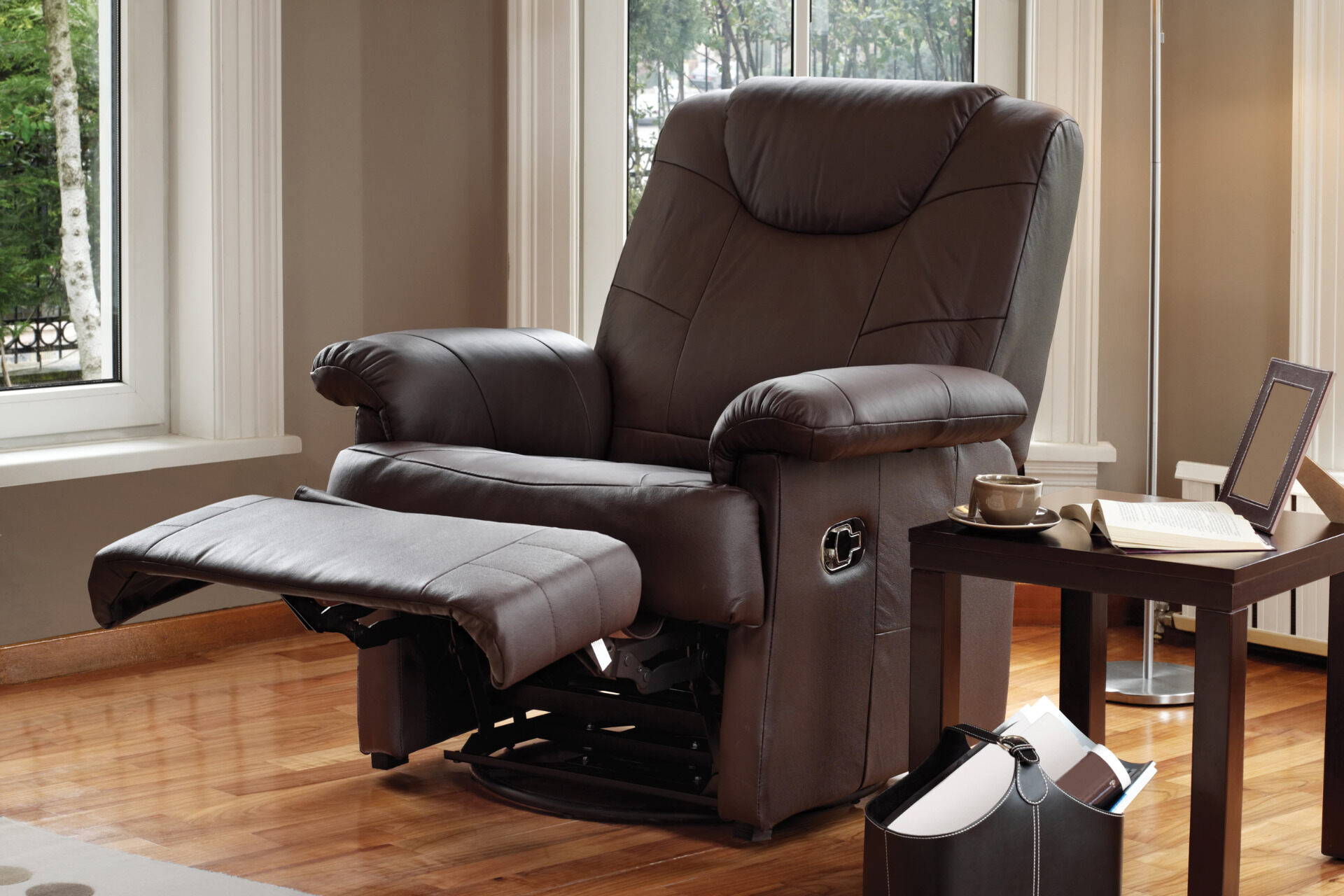

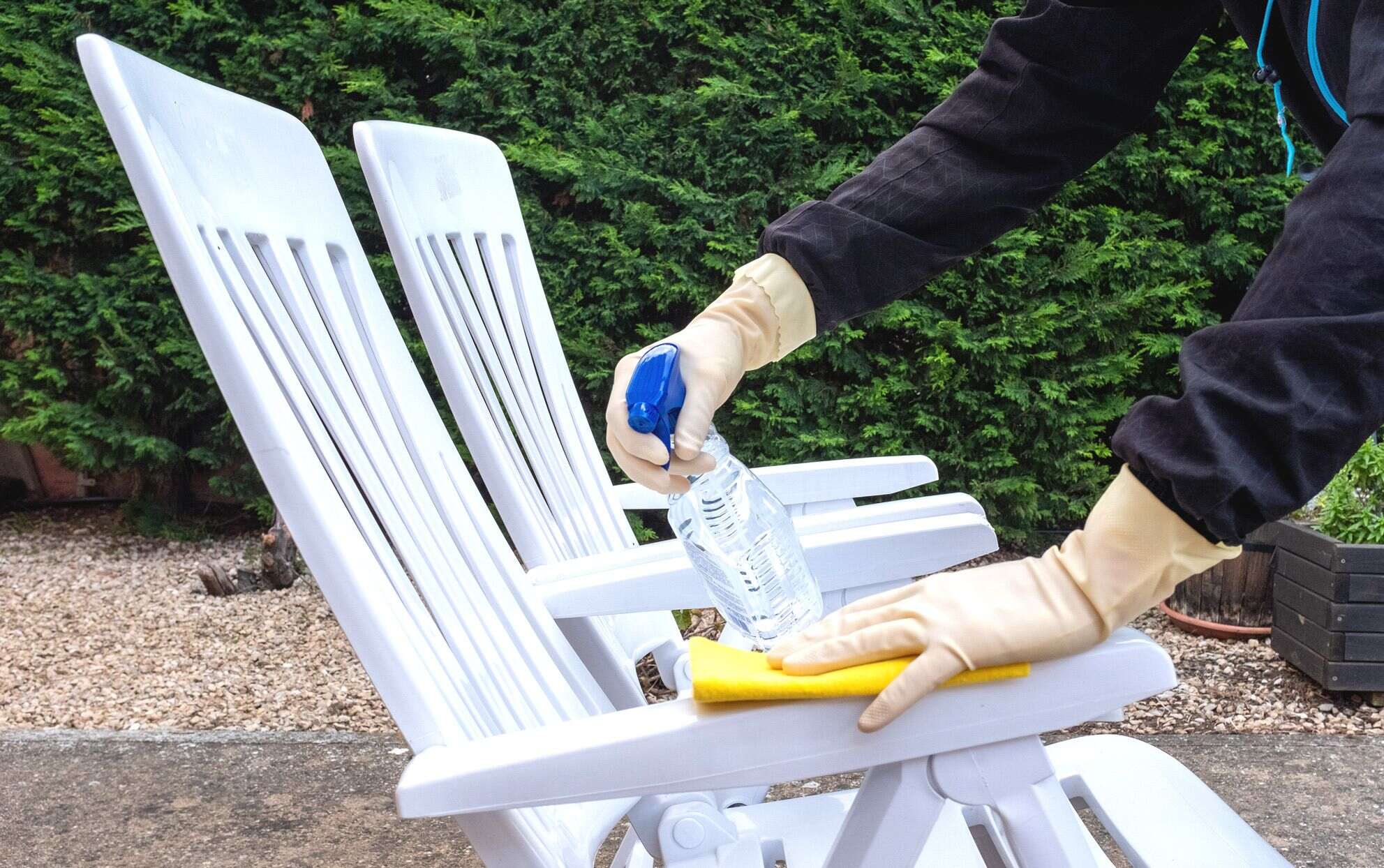
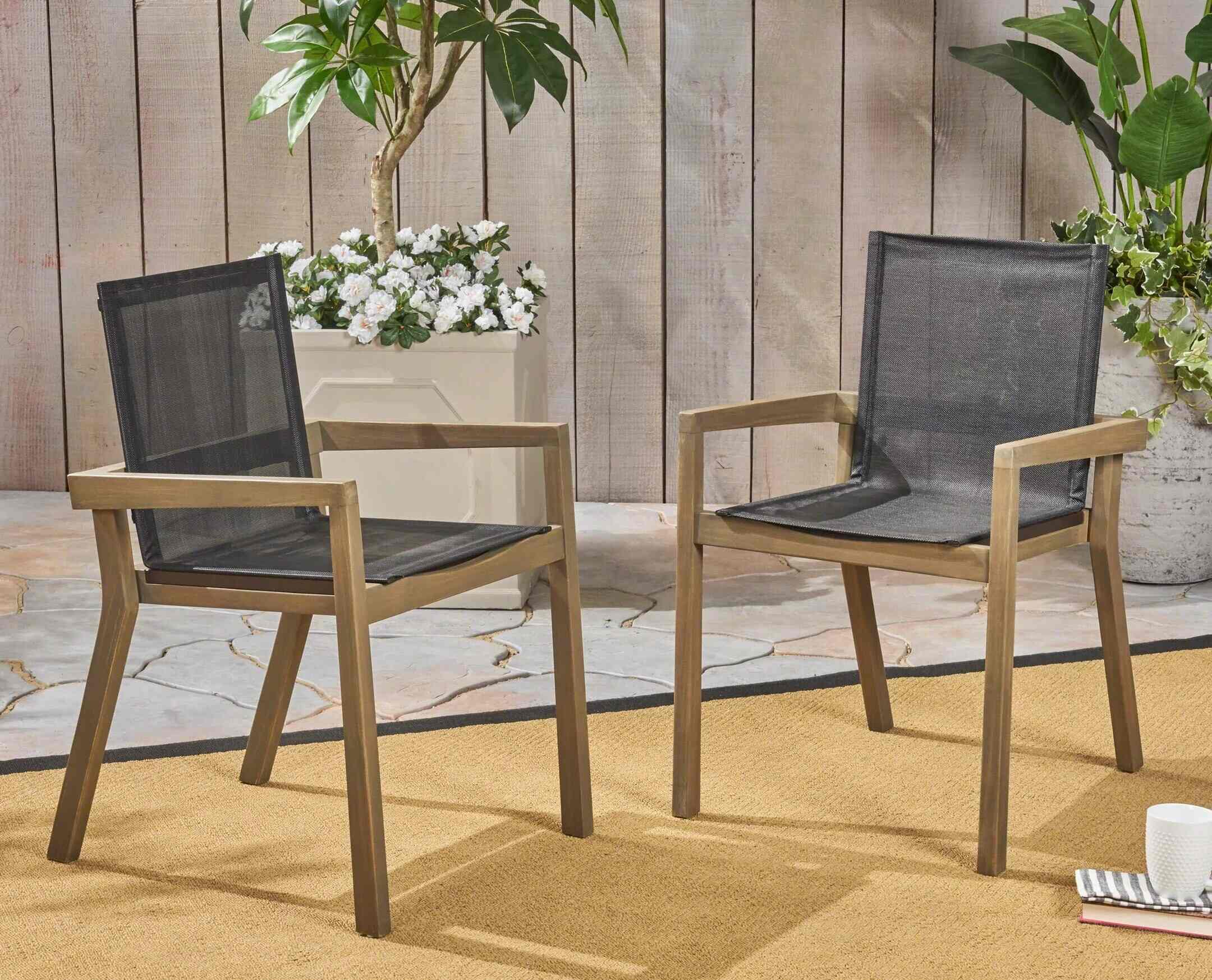
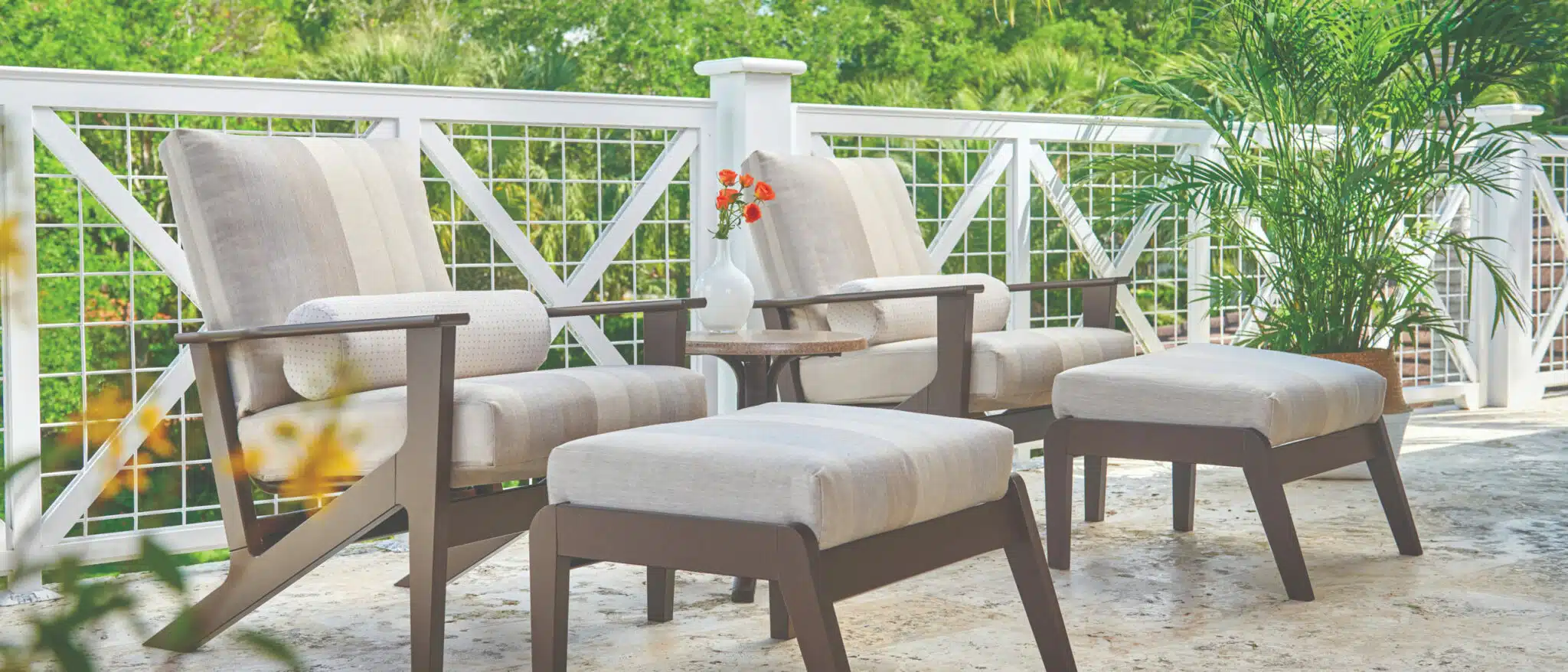
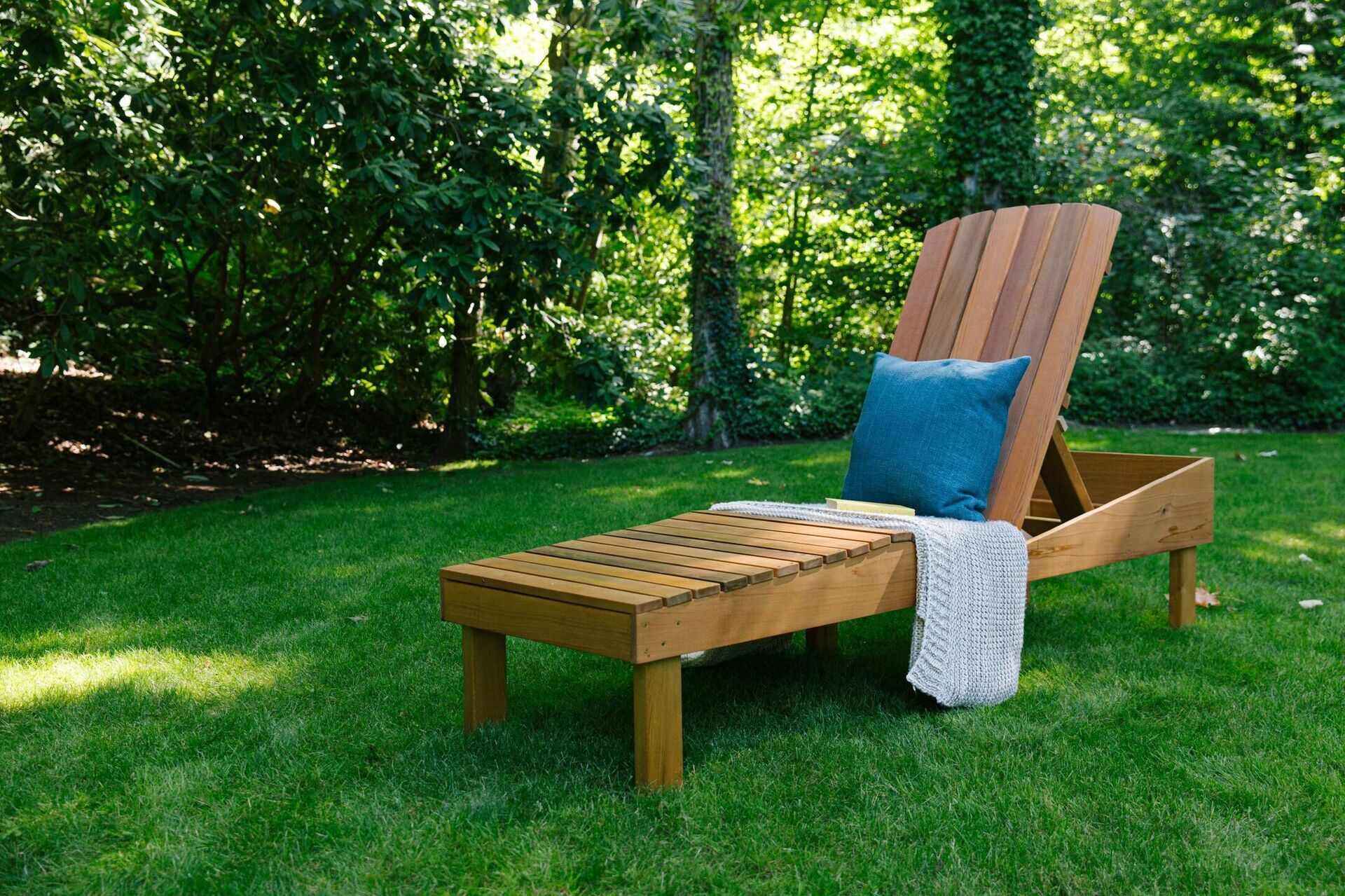
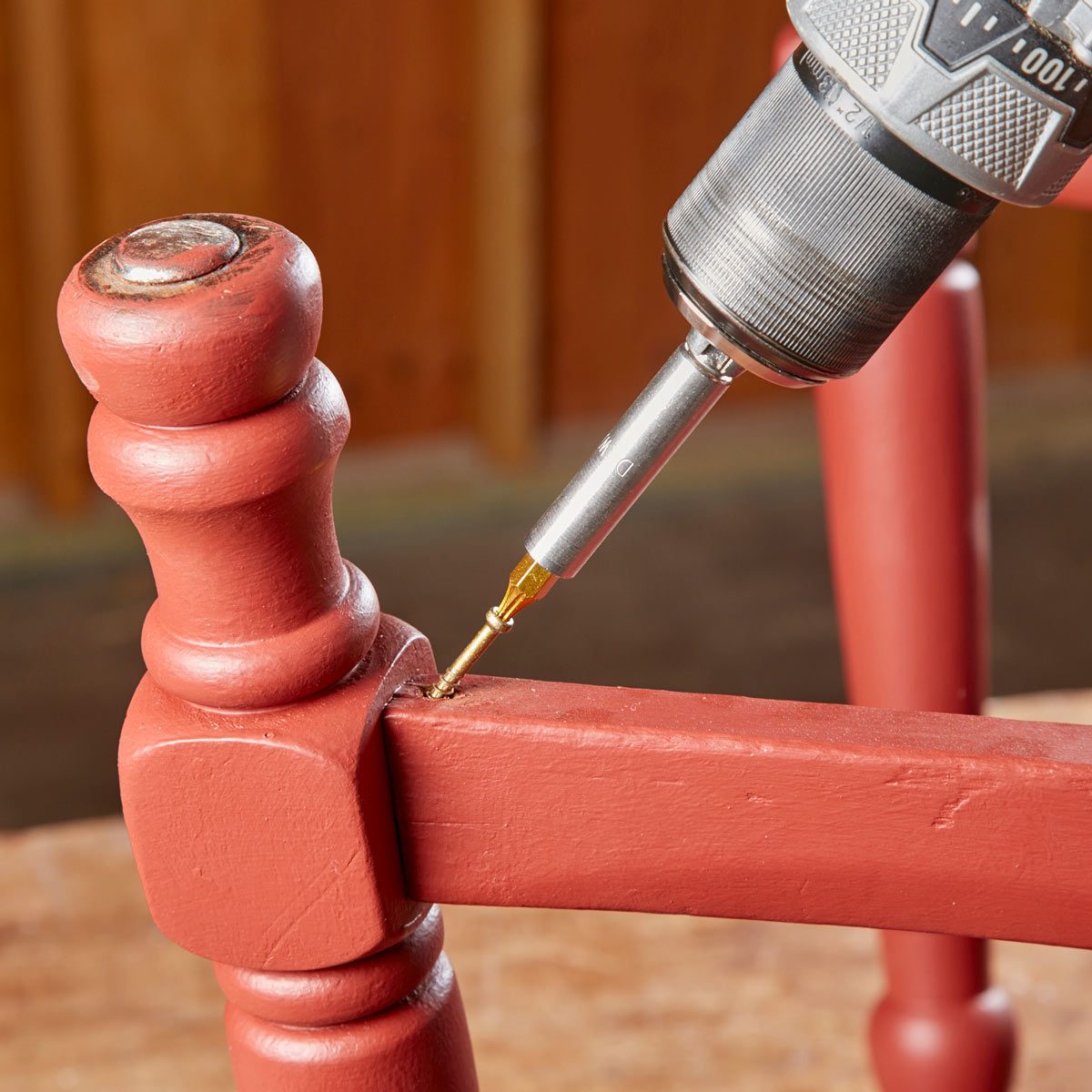
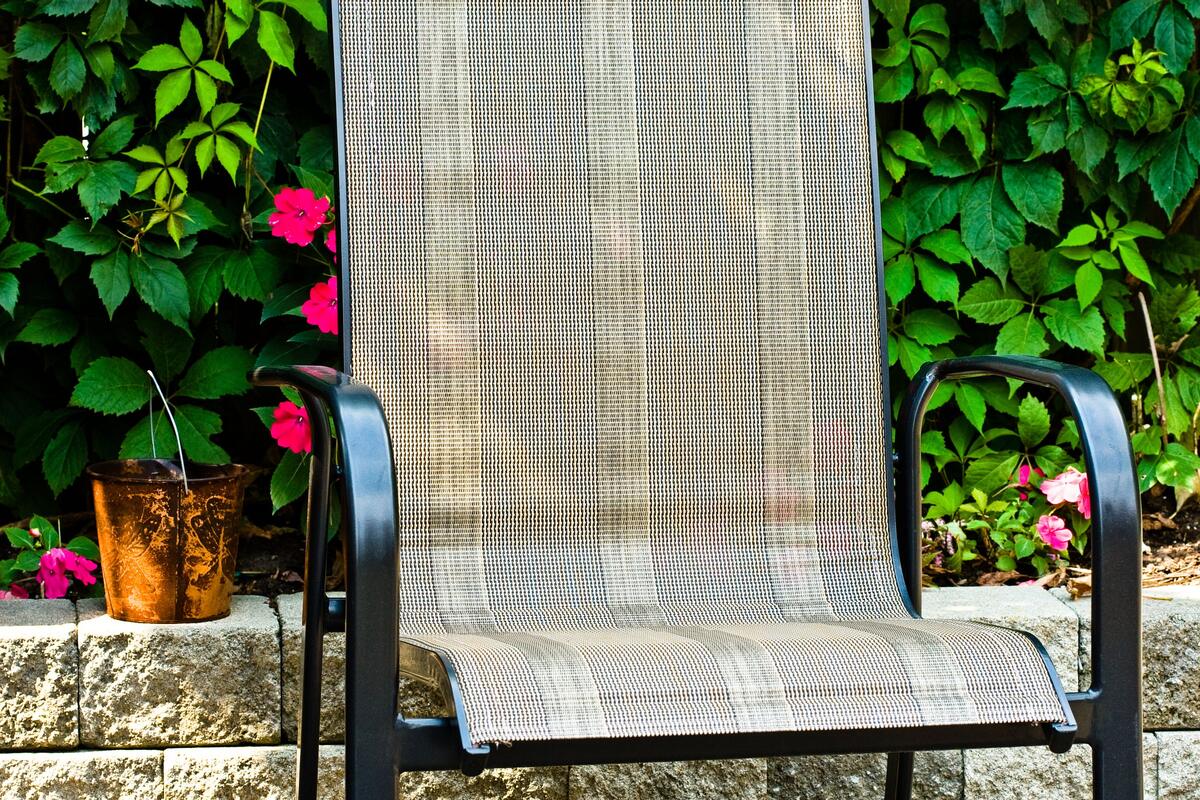
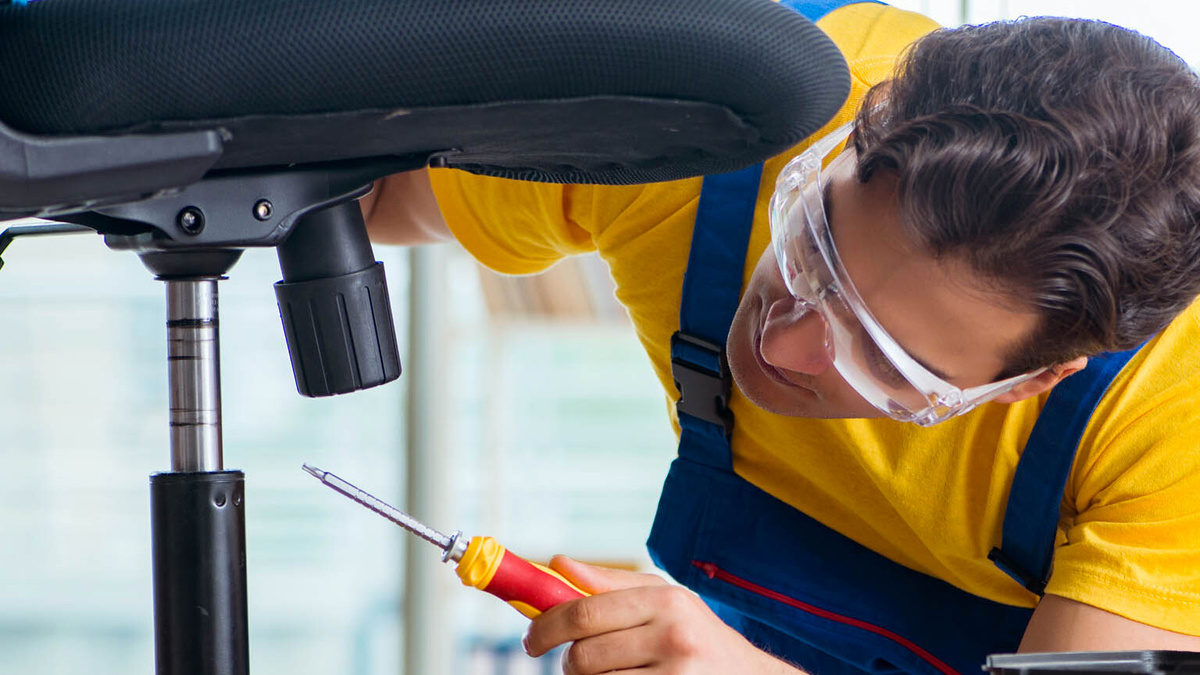
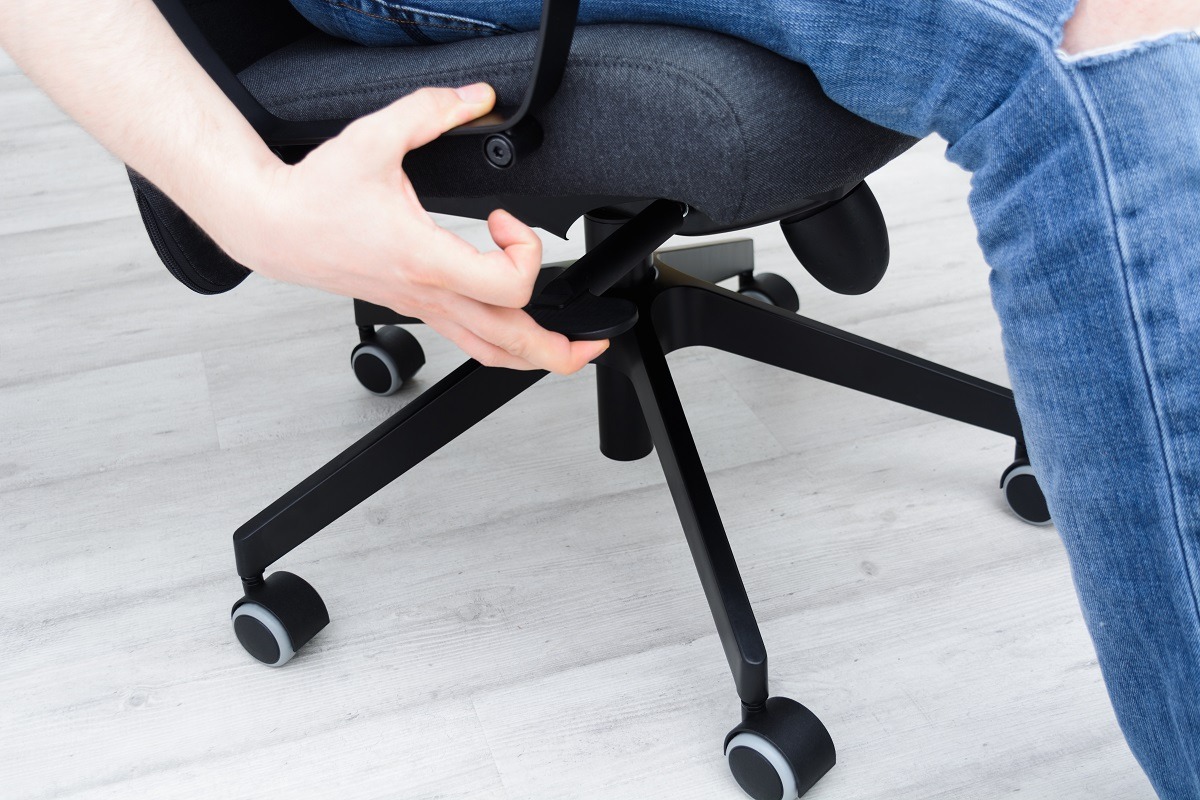
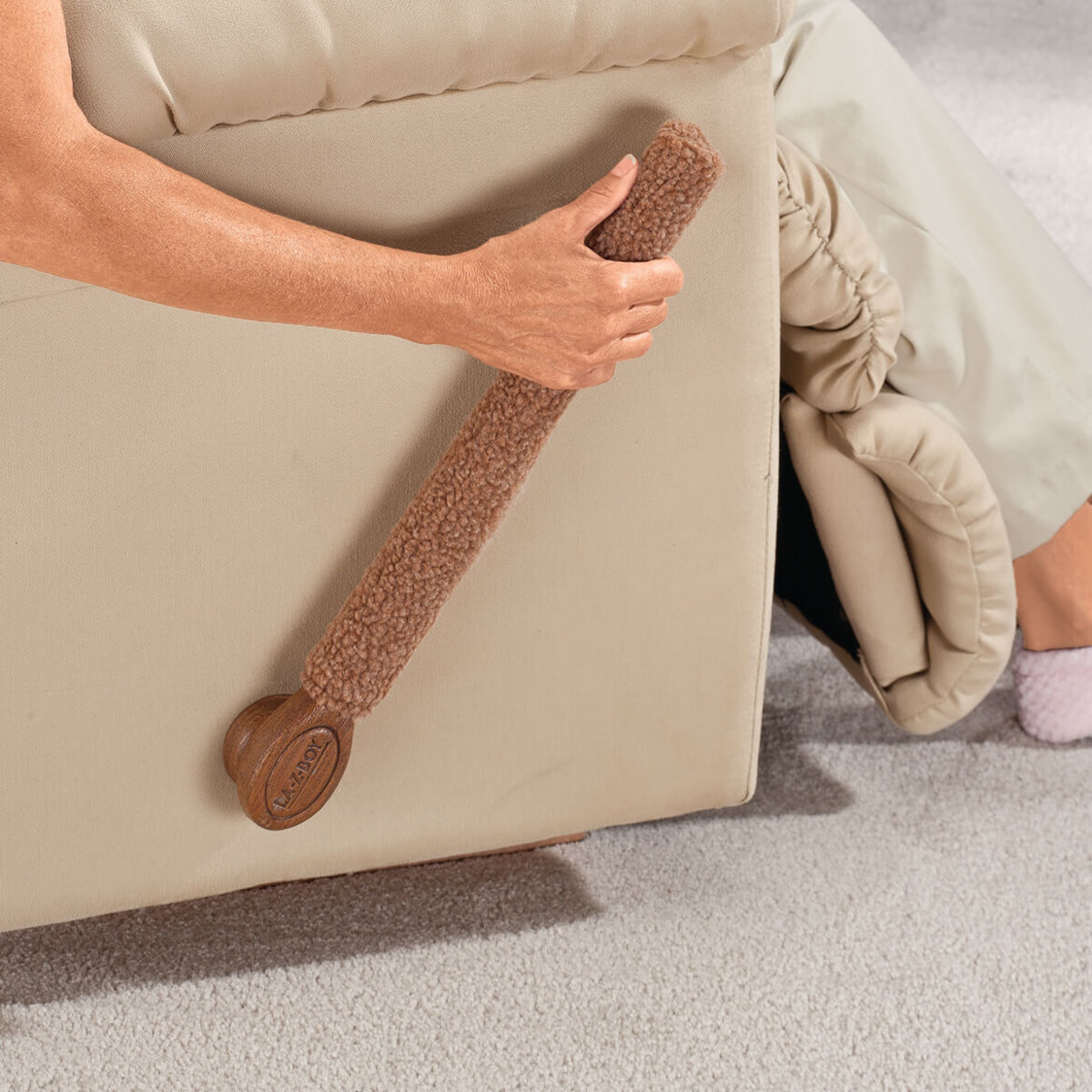
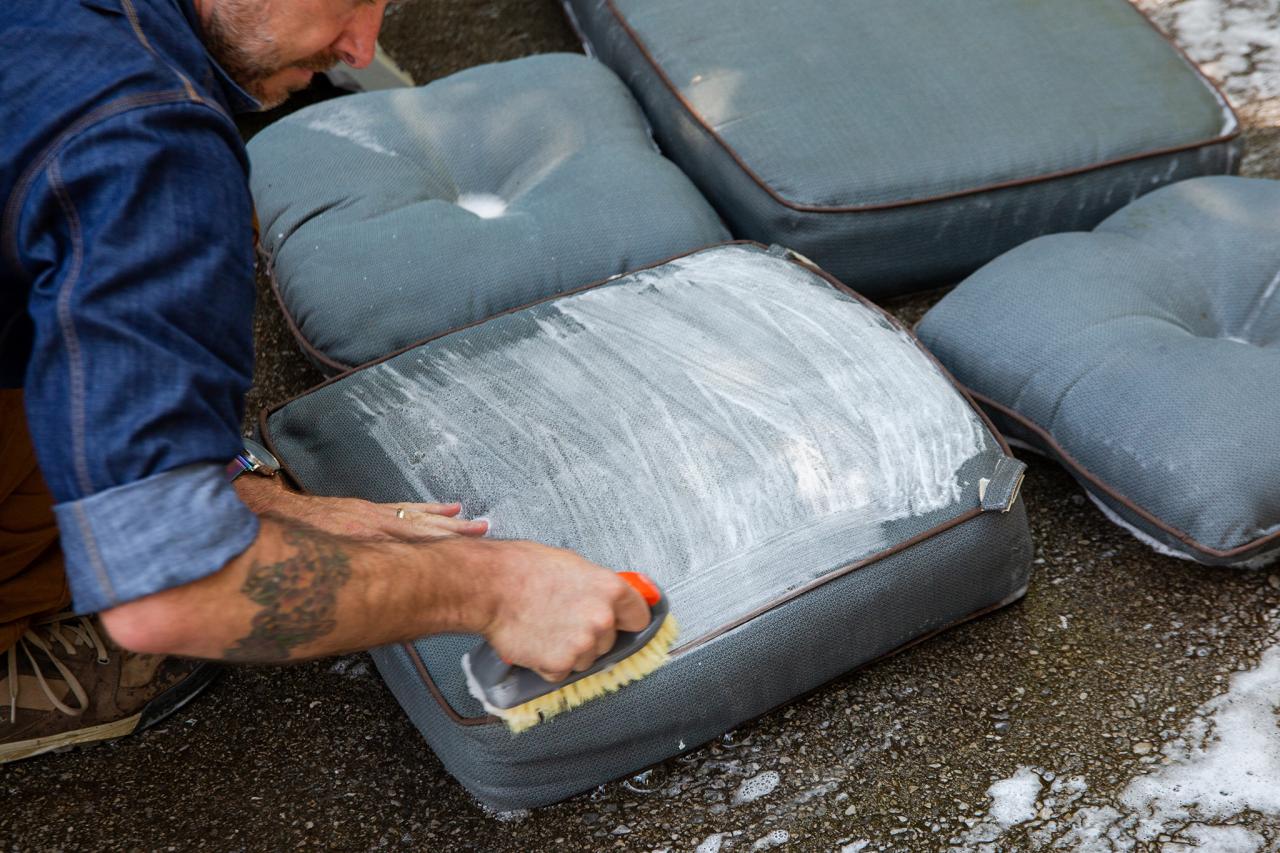


0 thoughts on “How To Fix Outdoor Chairs”